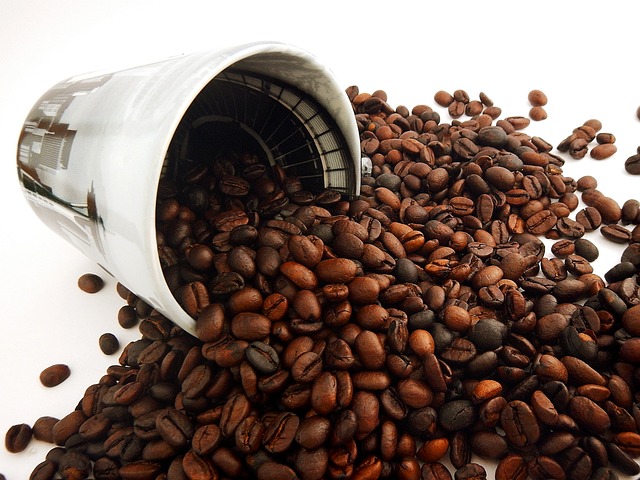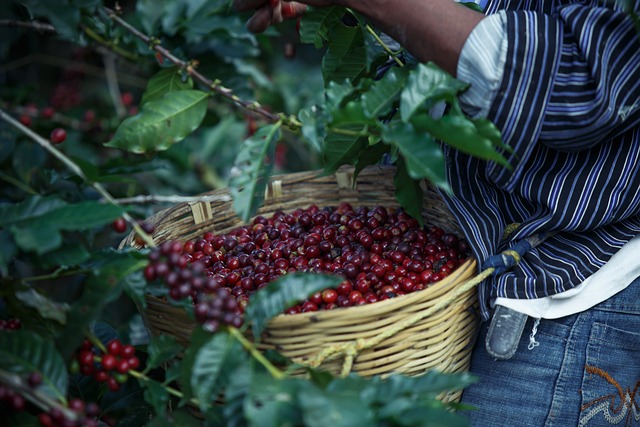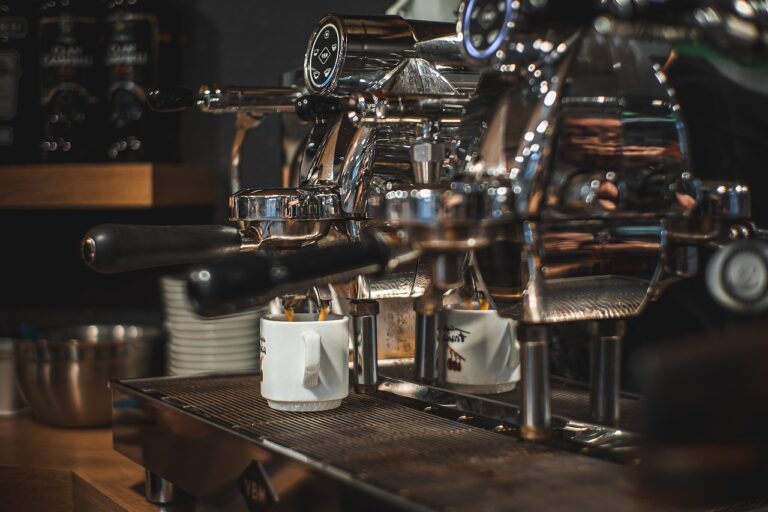The Secrets of Coffee Roasting: Understanding the Processes
Coffee, one of the world’s most beloved beverages, owes much of its allure to the process of roasting. Roasting coffee beans is an art and a science, a delicate balance of time, temperature, and technique. In this article, we will uncover the secrets of coffee roasting, exploring the intricate processes that transform green beans into the aromatic and flavorful coffee we savor every day.
The Green Bean Stage
Before delving into the roasting process, it’s important to understand the starting point: green coffee beans. These beans are seeds from the fruit of the coffee plant, and in their raw state, they possess a grassy and earthy aroma. Green beans lack the familiar coffee flavors and aromas that we associate with a cup of morning brew.
The Roasting Journey
1. Drying Phase
The roasting journey begins with the drying phase, where green coffee beans are exposed to a consistent and moderate heat. This process removes any residual moisture, a crucial step for even roasting and preventing undesirable flavors.
2. First Crack
As the beans continue to heat, they undergo a significant transformation known as the first crack. This audible cracking sound occurs when the beans expand and release their moisture and gases. The flavors become more recognizable, and the roast level can range from light to medium at this stage.
3. Development Phase
After the first crack, the beans enter the development phase. The roast is deepened, and sugars begin to caramelize, imparting the beans with rich and complex flavors. The duration and temperature during this phase influence the final roast profile.
4. Second Crack (Optional)
Some roasters may choose to continue roasting past the first crack into the second crack, characterized by a second series of cracks. This stage yields a darker roast with more intense flavors, often preferred for espresso or bold coffee blends.
5. Cooling and Resting
Once the desired roast level is achieved, the beans are rapidly cooled to halt the roasting process. It’s essential to allow the beans to rest for a period, during which the flavors stabilize and mature, resulting in a well-rounded cup of coffee.
The Art and Science of Roasting
Coffee roasting is a blend of art and science, with roasters relying on their expertise and sensory skills to fine-tune the process. Factors such as roast time, temperature, airflow, and the type of roaster used all influence the final product.
1. Roast Time
The duration of roasting greatly impacts the final flavor profile. Shorter roasts preserve more of the bean’s natural characteristics, resulting in a lighter roast. On the other hand, longer roasts lead to a darker and bolder cup of coffee.
2. Roast Temperature
The temperature at which the beans are roasted is crucial. Higher temperatures tend to produce a faster and darker roast, while lower temperatures yield a more delicate and lighter roast.
3. Airflow
Controlling airflow within the roasting chamber is vital for achieving an even roast. Proper airflow ensures that all beans are exposed to consistent heat, preventing uneven roasting.
4. Roaster Type
The type of roaster, whether it’s a drum roaster, fluid bed roaster, or other variations, influences how the beans interact with the heat and airflow. Each roaster type imparts its unique characteristics to the beans.
Understanding Roast Levels
Coffee beans can be roasted to different levels, each with distinct flavors and characteristics.
1. Light Roast
Light roasts retain more of the bean’s natural flavors, acidity, and caffeine content. They have a light brown color and a milder taste profile.
2. Medium Roast
Medium roasts strike a balance between the bean’s original characteristics and roasted flavors. They have a richer color, fuller body, and a slightly sweeter taste.
3. Dark Roast
Dark roasts have a shiny surface due to the oils that migrate to the surface during roasting. They have a bold, intense flavor and a darker color, often with a slight bitterness.
Conclusion
The journey of coffee from green beans to the aromatic, flavorful brew in your cup is a fascinating one. Understanding the roasting process and its intricacies empowers coffee enthusiasts to appreciate the diverse flavors and aromas that each roast level offers. Whether you prefer a light, medium, or dark roast, the secret lies in the careful balance of time, temperature, and technique—unveiling the essence of the coffee bean.
Roast on, and savor the hidden flavors within every cup!







